Unfortunately, I only saw two owl species during my week or so on Sulawesi – for a comprehensive description of the owls on the island, see this excellent blog post by Christian Artuso.
Still, owls are among my favorite birds despite their annoying habitat of being most easily seen at night, and they each have a distinct beauty. A birder friend of mine commented that “they all look the same anyway”, which coming from an expert for shorebirds was a bit rich – so this post is an attempt to prove him wrong.
First, the Sulawesi Scops Owl, the only scops owl on the island and a Sulawesi endemic.
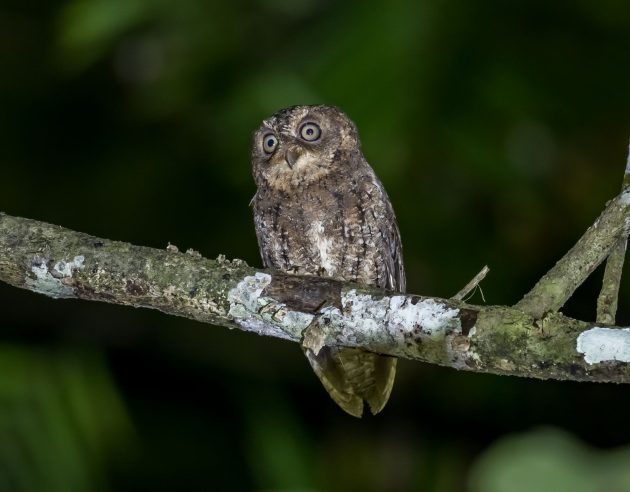
It seems quite widespread, at least it can be heard very frequently – though of course, that does not mean it is easy to see (the satirical website The Onion sells a T-shirt with the slogan “Owls are Assholes”, which I tend to strongly agree with after an unsuccessful evening or night spent owling).
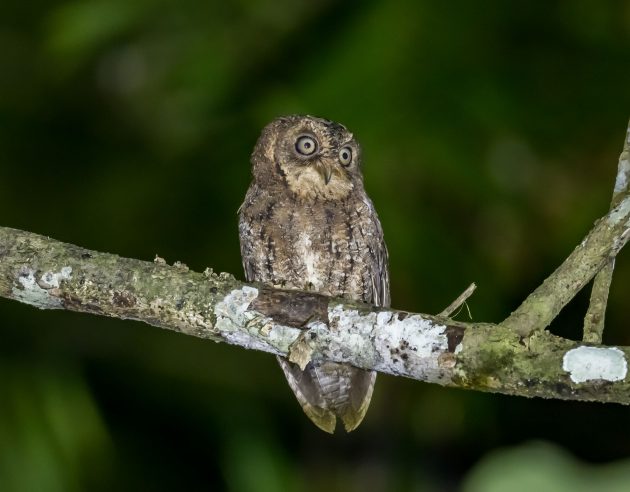
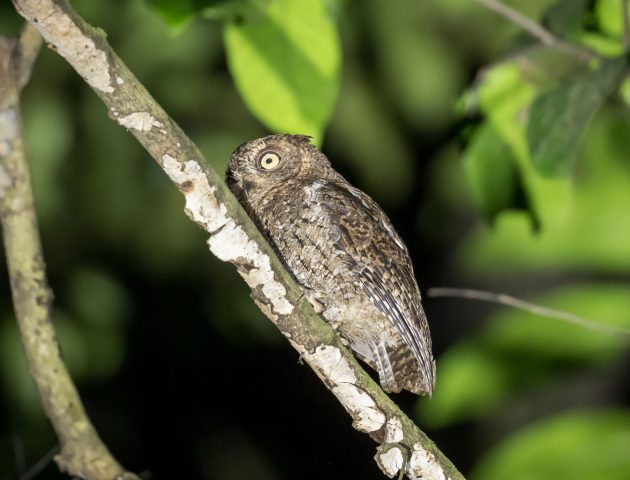
The scientific name Otus manadensis refers to Manado, the second biggest city on Sulawesi located in the north of the island (and the location of a surprisingly busy airport which will be the entry point for most birders visiting North Sulawesi). Some of the photos of the owl were actually taken in the Manado area.
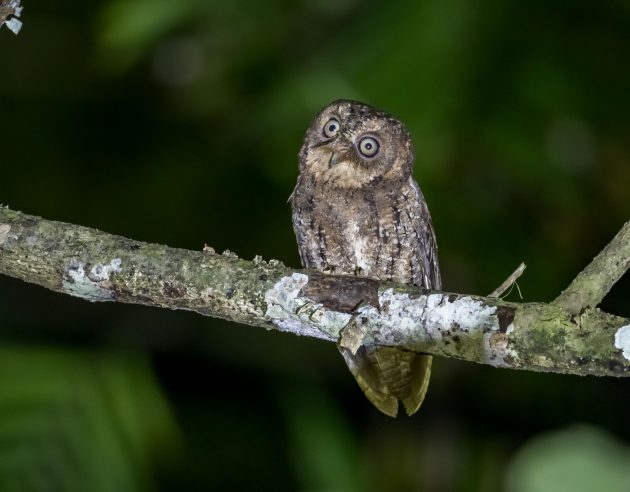
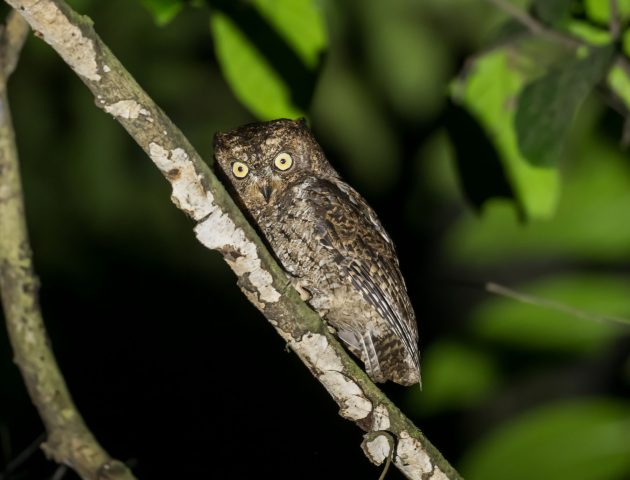
Given that the HBW entry on the Sulawesi Scops Owl has 11 authors, it contains surprisingly little information on the species (though the section on behavior has the helpful information “Nothing seems to have been published”).
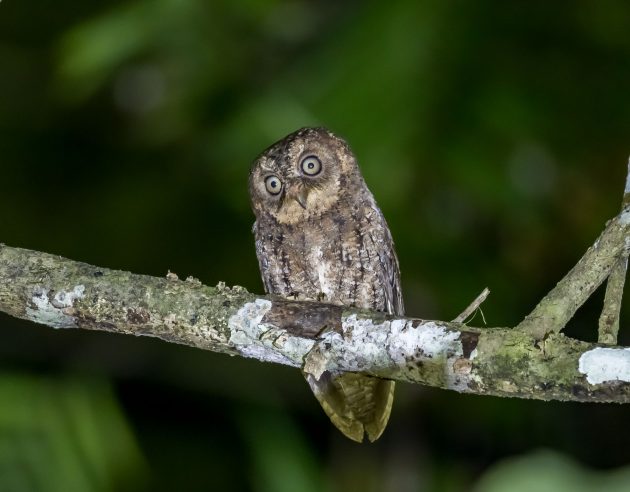
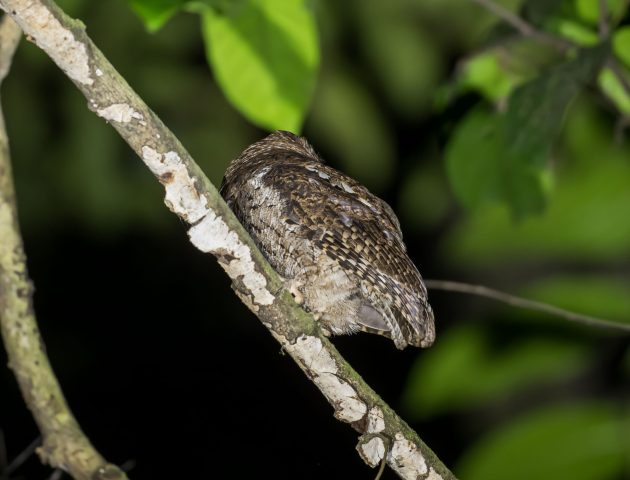
While this owl is listed as Least Concern, the Ochre-bellied Boobook is listed as Near Threatened, with an estimated population of 15,000–30,000 individuals.
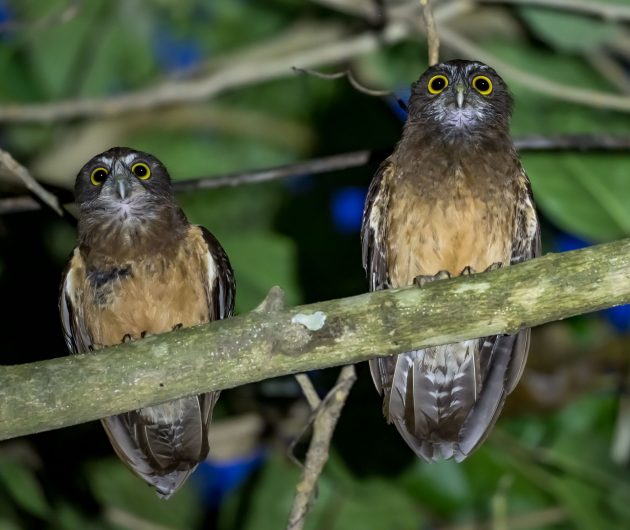
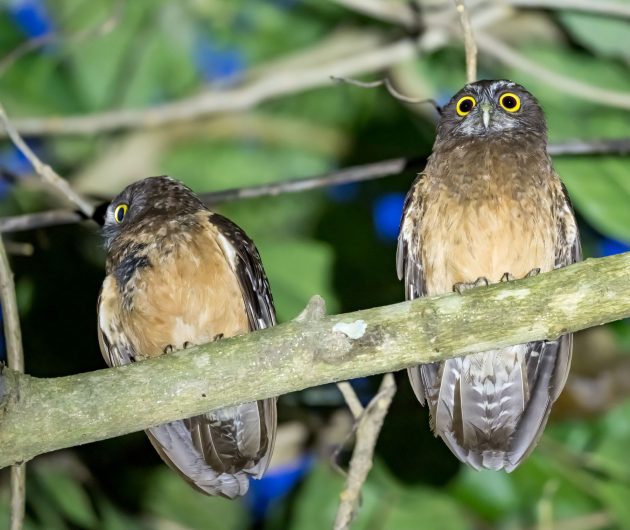
It is restricted to Sulawesi and some nearby islands.
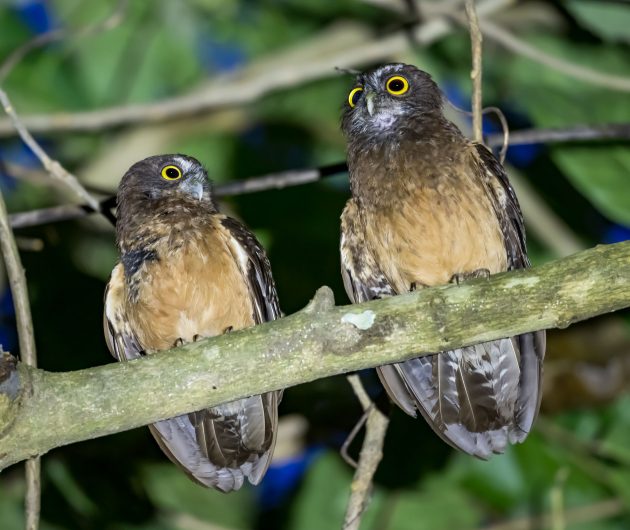
The scientific name Noctua ochracea is not particularly interesting, though it seems that the owl is sometimes also referred to as Noctua (or Ninox) perversa, as the name ochracea erroneously thought to be preoccupied (source). Which of course raises the question what the specific perversion of this owl could be.
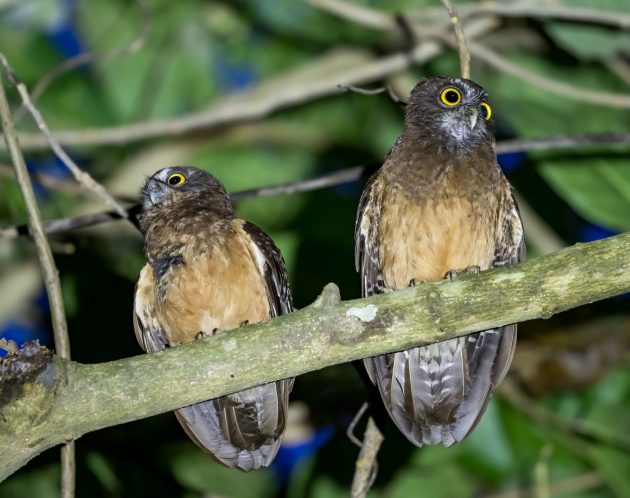
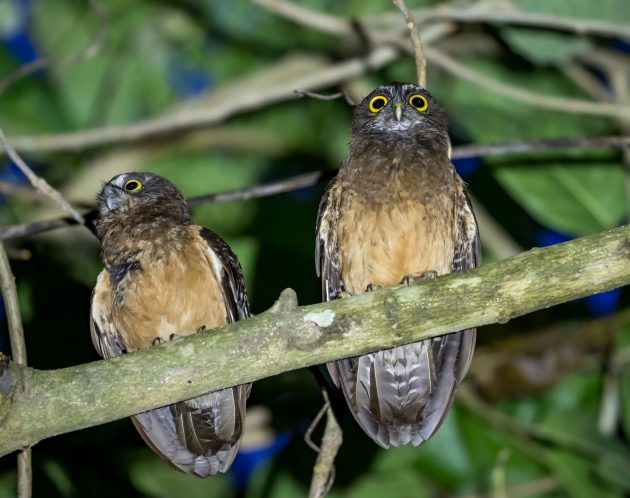
For a boobook, it is rather small. And you can tell from me writing a sentence like this that there really is not much information on the species.
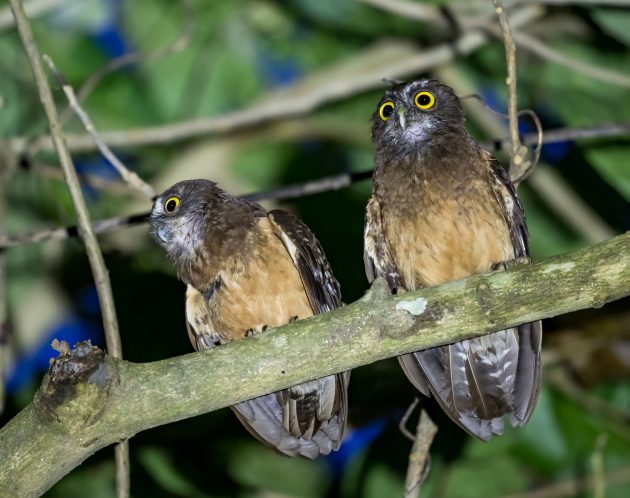
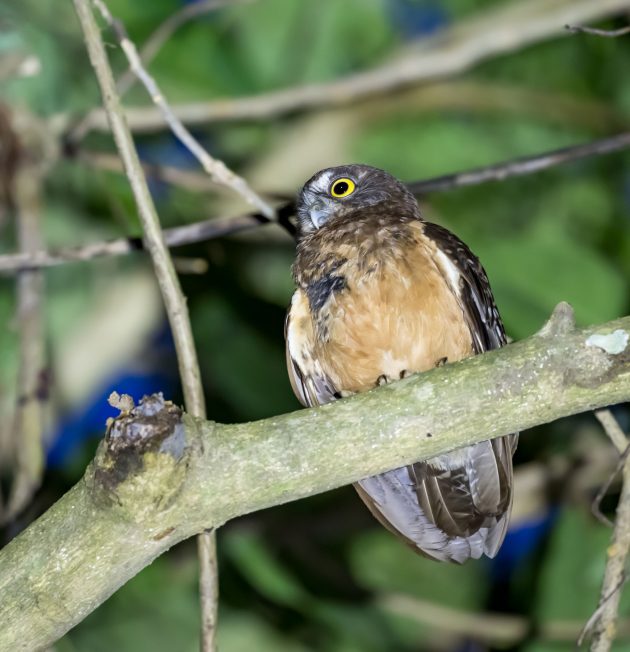
Even eBird with its usually rather good species characterizations does not add much – “A medium-sized brown owl with a rounded head”, is that all?
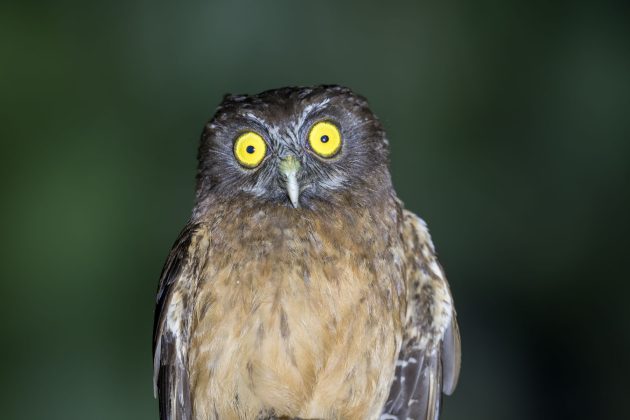
Source link
Facebook
Pinterest
Twitter
LinkedIn

